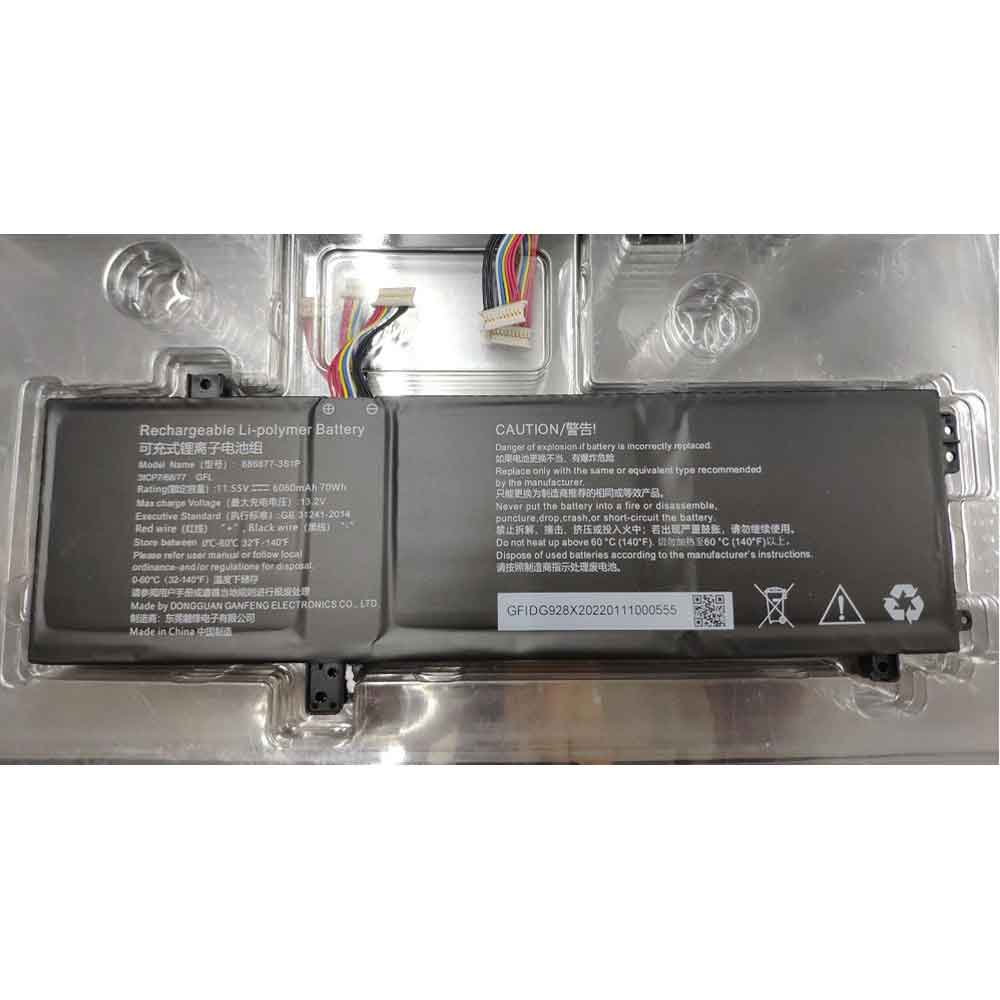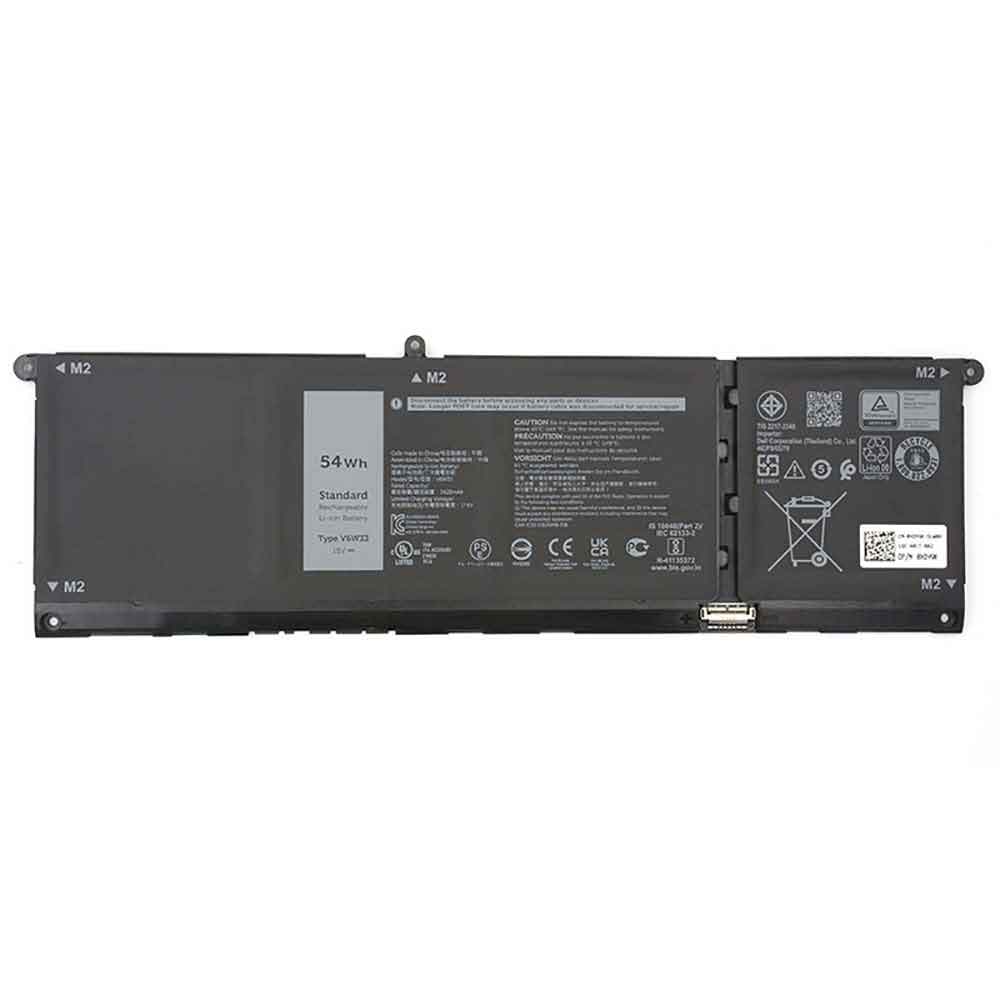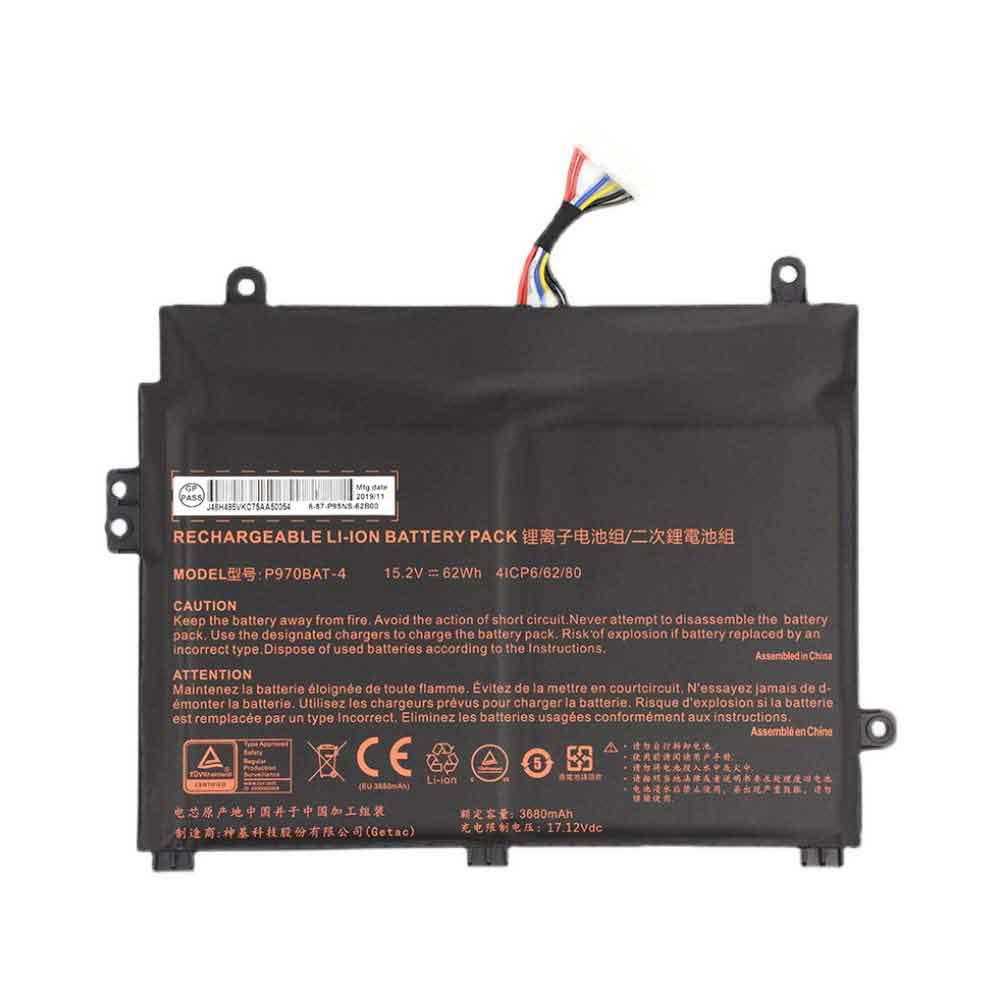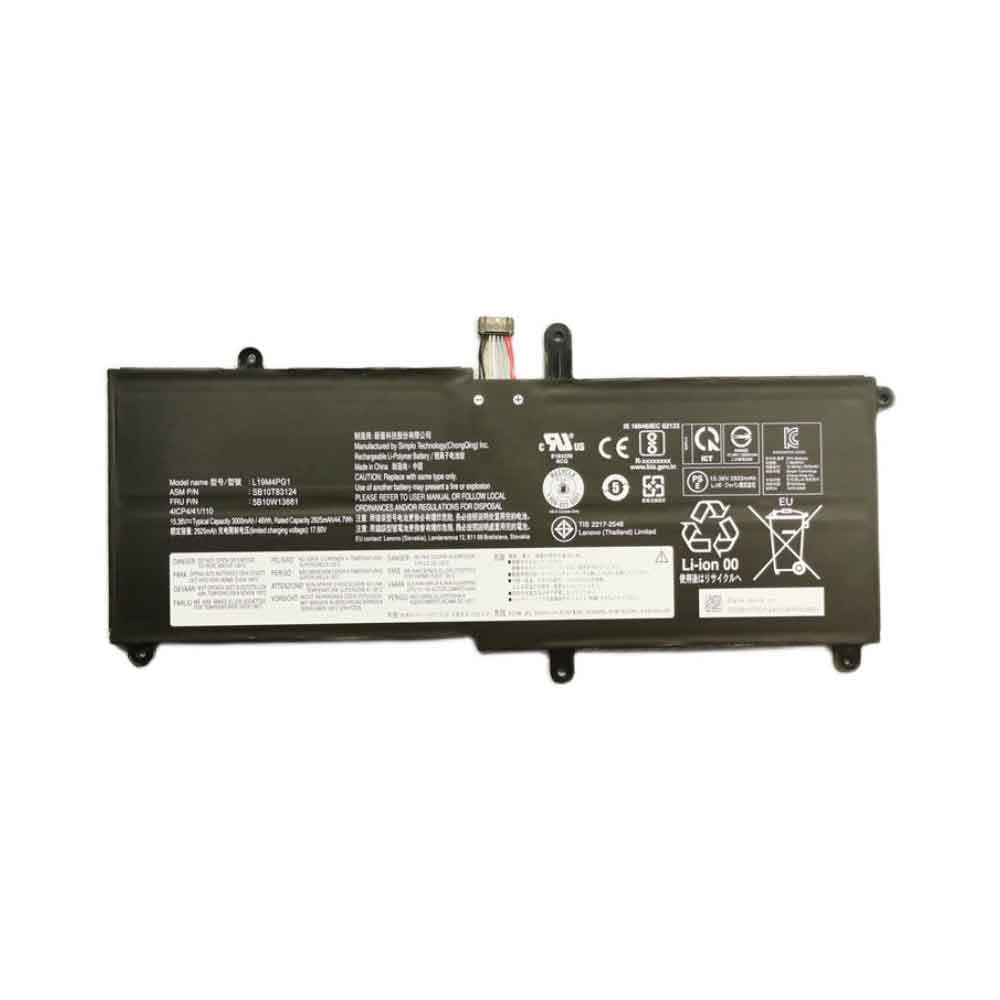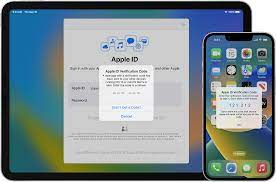Have you ever come back to your MacBook to find the battery dead or dying, but the lid’s been shut and the computer doesn’t seem like it’s doing anything? Or maybe you’re coming back to find your sleeping MacBook is warm, even hot Chances are that something is bringing the system out of sleep and running the battery down.
Something is up.
Well, that’s the question. And believe me, trying to track down the cause can lead you deep into the bowels of macOS.
Sleep Aid is a utility by Ohanaware that delves deep into the Power Management messages and settings, looking for reasons why your MacBook could be being pulled out from a slumber, and into a state of insomnia.
And when I say this utility takes a deep dive, believe me, that it takes a very deep dive. Sleep Aid spots each and every time your MacBook is woken from slumber, whether that’s because a charger’s been plugged in, because of a Bluetooth or network wake-up request, a notification, or a normal background task, as well as a suspicious wake-up that may indicate a problem.
Here’s what you can expect to see: it’s very detailed.
But there’s more — Sleep Aid can also help solve sleep issues. Using the Sleep Settings window, you can enable and disable sleep-related options and configure various settings to help solve sleep issues, or simply reduce the number of times the Mac experiences a wake-up when it’s not in use.
I’ve been using Sleep Aid on a few different MacBooks, and I have to admit that it’s a really powerful, handy tool. If you’re the curious type, you’ll love the insight that it gives you into what’s going on when the lid is shut on your MacBook. If you’re tearing your hair out because your Macbook won’t sleep properly and you’re coming back to find the battery depleted, this tool will be invaluable in helping you troubleshoot and fix the issue.
Sleep Aid comes with a 14-day no-obligation (you don’t have to enter payment details or even an email address), fully featured free trial; after that, you can buy a license, with prices starting at $25.

